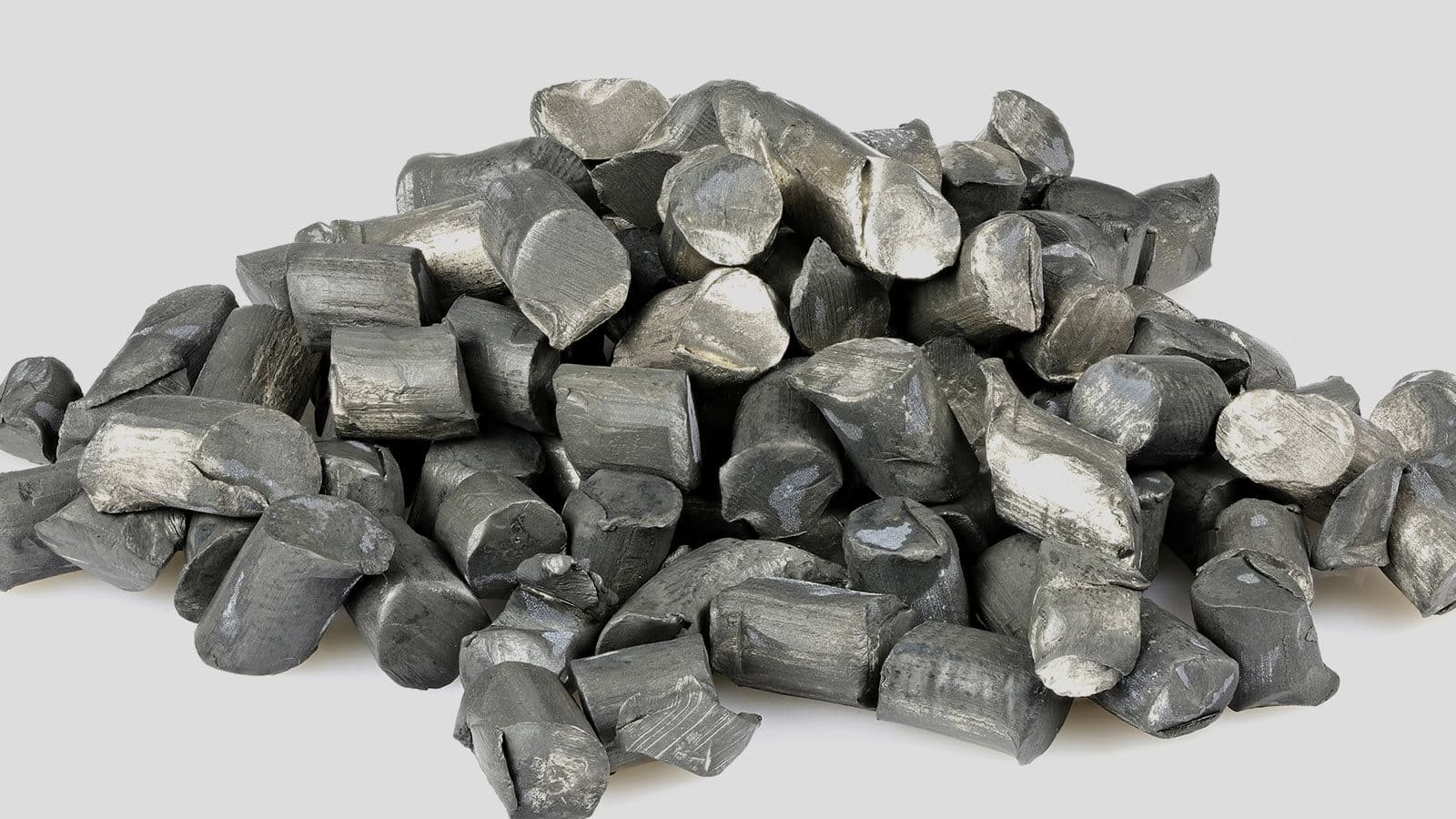
Lithium. Photo: Bjoern Wylezich/Shutterstock.

Orinoco Tribune – News and opinion pieces about Venezuela and beyond
From Venezuela and made by Venezuelan Chavistas

Lithium. Photo: Bjoern Wylezich/Shutterstock.
Iran’s lithium deposits are estimated at 8.5 million metric tons, which would make Iran the holder of the world’s second-largest lithium reserves, after Chile.
The Islamic Republic of Iran has discovered one of the world’s largest lithium deposits, according to a report published by Press TV on February 27.
According to a senior official of the Iranian Ministry of Industry, Mining, and Trade (MIMT), the lithium deposits could contain some 8.5 million metric tons (MT) ready for extraction, which would make it one of the largest global discoveries.
Currently, Chile is the second greatest producer of lithium in 2022, with around 39,000 MT. The country’s reserves are the largest in the world, with 9.3 million MT. Until now, the second-largest reserves were said to be in Australia, with 3.8 MT.
“For the first time in Iran, a lithium reserve has been discovered in Hamedan,” in the west of Iran, said an official with the MIMT, Mohammad Hadi Ahmadi, reported public media in Iran.
Ebrahim Ali Molabeigi, the head of the MIMT’s exploration department, said that more lithium ore reserves could be discovered in Hamedan, a region with large clay deposits.
Iran and Bolivia United Against the Unilateral Hegemony of the US
In addition, Molabeigi hopes that Iran will find a cost-effective way to extract the material, due to its growing demand in global markets.
“In today’s world, this strategic and valuable metal is of great importance in advanced technologies,” Molabeigi said.
“This mineral is usually discovered in a clay area which makes the discovered reserve unique throughout the country,” he added.
The lithium price index increased by 182.6 percent year-on-year as of mid-December 2022, according to Benchmark Mineral Intelligence.
Meanwhile, S&P Global warned of a global lithium shortage as soon as 2024 due to growing demand. The supplier intelligence firm argues that the current 53 lithium mining projects, costing around $37.8 billion per year, would still be unable to meet global demand, even if aggressively developed, by a deficit of 605,000 tons by 2030.
Following the US-led economic embargo to cripple Iran’s economy, the government introduced measures to diversify its economy away from oil.
Iran’s mining industry has seen an increase in activity, generating billions of dollars and creating thousands of new jobs for Iran’s population, according to Press TV.
(The Cradle) with Orinoco Tribune content